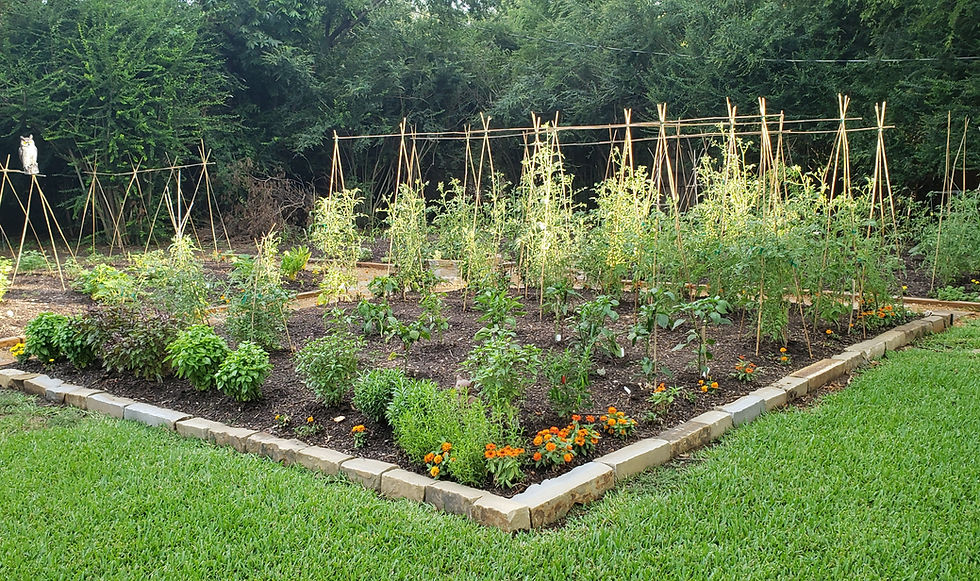My life as a Squirrel
- Olga Arseniev
- Nov 2, 2020
- 4 min read
In a previous life, I'm convinced I was a squirrel. I was obsessive, frantic and anxious. My industrious life was short but fulfilling. I managed to plant thousands of trees. Gigantic forests still grow today because of the hard work I did.

My life likely ended as road kill. That's ok. It's spiritual development. I needed that event in order to become who I am today. But something still persists in me: an obsession with acorns.
These little jewels of nature mesmerize me. Luckily, many oak trees in my neighborhood produce acorns. It makes me happy to know that it's one of the most common trees in America. Which means that an acorn shortage isn't likely to happen in my lifetime. (Such a relief.)

Fall is my favorite season. It's when Bobik and I love taking long walks. He has his favorite stopping points (mostly lawns frequented by other dogs), and I have mine (tree-filled lots). We're intimately familiar with many of the trees that grow within a 3 mile radius around our home. Which is how we know where the acorns lie. I collect them because they're beautiful.


The task of finding the best ones is not easy. Acorns have many distinct characteristics. In North America, there are 90 species of oak trees with their own unique acorns. To begin with, there are red and white varieties. They come in various shapes. There's a big range of colors (dark brown, light brown, green brown, etc.). They can also be dramatically different in sizes. And finally, there are differences in patterns and textures. Many acorns that grow on the same tree will still have variables. It's a time consuming hobby when you consider the fact that a single large oak tree can produce up to 10,000 acorns in a season. If you're into it (and of course you are), knowing your regional oak trees will help. In Region 8, we have Red oak, Live oak, Chinkapin oak, White oak, and Water oak, to name a few. Oak trees may appear stoic, but when you get to know them, they can be loads of fun.


If you've read this far into my story, you'll probably appreciate knowing the fact that botanically, acorns are not nuts. They are fruit with seed inside. Covered by a protective cap and contained within a hard shell is a concentrated reservoir of protein and fats, along with minerals such as calcium, potassium, phosphorus and niacin. It's beautiful when you realize this: The seed of an acorn comes with its own care package filled with the nutrients needed to grow another tree. This is why I love Ralph Waldo Emerson's quote, "The creation of a thousand forests is in one acorn." For centuries, acorns have been associated with luck, prosperity, youth, power and spiritual growth.
I probably loved my life as a squirrel. There was so much to do. Maybe in one of my next lives, I'll come back as an oak tree.
Some additional photos and stories from my love of acorns.

I collected these on a walk during a particularly nice day. Some weren't very good upon closer inspection (cracks, weevils, decay, boring color, irregular pattern, etc). Sorting them enables me to see which ones I will save for crafts vs the ones I will return to the squirrels in our garden.

Sometimes it makes me uncomfortable to look at my craft table, but I like to spread things out when I play. Acorns are of particular interest to me during the fall season.

I'm still exploring ways to finish acorns beautifully. Here's how I prep them for the varnishing process. These acorns don't have their caps on – which is commonly how they fall from the tree. I select the caps afterwards when I go to reattach them. It's sort of a Cinderella and the glass slipper process: finding the right fit can be very rewarding.

It's easy to forget that sometimes there's life inside an acorn. Here's an example of what can happen with some acorns and why I'm never in a rush to make a pendent out of those recently collected. A weevil inside this acorn is working on getting out.

In my past experience, if you don't catch these living acorns early enough, you'll have worms invading your craft table. (Thanks goes to my husband, Bruce for tolerating our blissful domestic surprises.)

Here's a snapshot of just some of the various colors, sizes and shapes. Some of the acorns you see still have fuzz because they haven't been polished. The ones with striations are my latest obsession. They look like tiny brown watermelons. Note the acorn with the hole. I love it because it reminds me of a bird house. (It's an empty nest now. The weevil moved out.)

Here's a beautiful cap that I wired for a pendent. Many of these caps will crack when you work with them. The texture is like a wine cork. But the fuzzy organic patterns are just lovely.

Here's another cap that I wired. This is actually the hard part of making pendents. Attaching the acorn into the cap is the final, easy step.

I'm currently exploring more finishes, but this is the natural look that happens when I just use mineral oils and shea butter on the acorn shell.


This is an exploration of higher gloss finish on the acorn along with some fresh water pearls.




Thank you for reading my story.
Don't forget to appreciate squirrels.
Love acorns.
Enjoy the wonder of little things. (Sometimes they have the greatest power.)
Squirrel photo thanks to Tom Simpson, https://outdoor.wildlifeillinois.org/articles/the-fascinating-story-of-squirrels-and-acorns/
Scrat courtesy of Ice Age. (One of my favorite animated movies.)



Comments